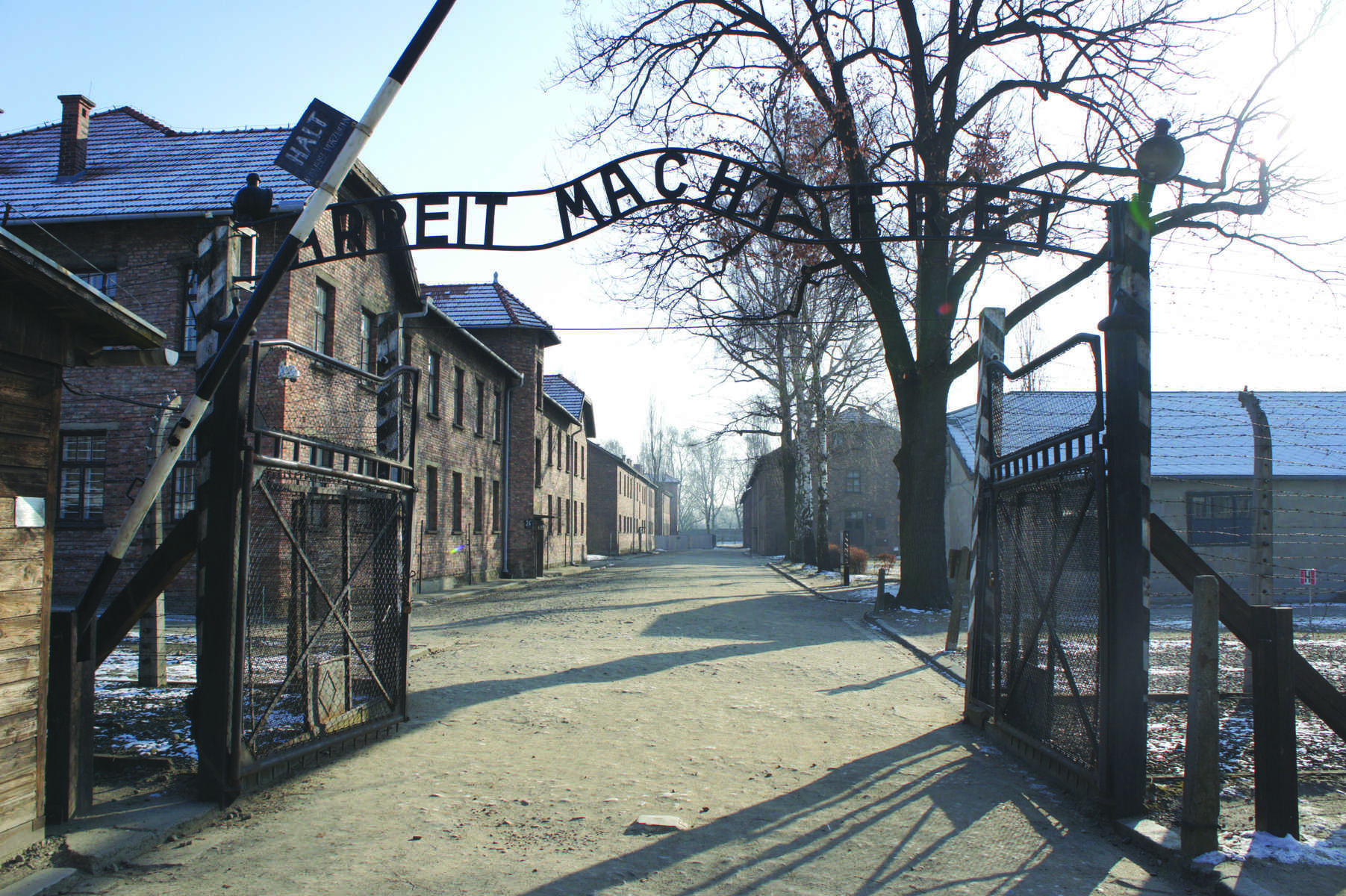The calendars we live by help to define us. If your New Year is January 1, that says something about you. If it is 1 Tishre, it indicates that you have a different perspective on our life journey through the corridors of time. If it is both…. as is probably the case for most of the readers of this newspaper…. It shows that we are balancing several systems and living accordingly.
Such is the case with the chosen dates to commemorate the Holocaust.
International Holocaust Remembrance Day, which falls on January 27, was adopted by the United Nations on November 1, 2005. It commemorates the liberation of the Auschwitz/ Birkenau death camp by units of the Soviet “Red” army on January 27, 1945.
I recall that, at the time of the United Nations adoption of that date, some Jewish people reacted unenthusiastically. It felt to them like a rejection of the date that Israel had already selected for commemorative purposes: the 20th of Nisan, generally falling in late April or early May. It was established early in the history of the State, in 1951, and confirmed by Israeli law in 1959. Israelis chose it because it commemorates the anniversary of the Warsaw Ghetto Uprising.
In the United States, the Israeli Yom Ha-Shoah is the basis of a longer period, the “Days of Remembrance” extending for eight days, from the Sunday prior to the Sunday following the 20th of Nisan. In the coming year, those days will span April 23-30.
Why these differences?
In the Israeli case, the date of 20 Nisan reflected the unease about the Shoah in the minds of the first generation of independent Israelis. They had been raised on a powerful ideology proclaiming that, in making aliyah, the Jew would no longer be defenseless. Jewish pioneers would drain the swamps, turn the desert green, reforest the ravaged hillsides of the Land of Israel, revitalize agriculture, and grow cities – all the while defending themselves against the ruthless attacks of Arab states and irregular guerilla groups. That group of proud Sabras did not know what to make of the Shoah. They could not understand that the Jews of Nazi-occupied Europe and North Africa often resisted in the only ways open to them. Hence, when Israelis commemorated the Shoah, it was important for them to highlight the most obvious instances of armed resistance to Nazi genocide. Of all the ghetto revolts, the Warsaw Ghetto uprising was the largest. It took on iconic significance, and its anniversary became consecrated in the national calendar.
The two sculptures at Yad VaShem commemorating Shoah and Gevurah, reflect this ideology. The Jewish people in the Shoah panel are being conducted to their deaths by barely visible Nazi soldiers. The accusation, “like sheep to the slaughter,” animates that heartbreaking sculpture. The Jewish people in the Gevurah panel, on the other hand, adopt the heroic poses familiar from centuries of art celebrating the brave in their struggle against even overwhelming odds.
Israeli group psychology changed sharply after the Eichmann trial of 1961. Only then did Israelis realize more fully what had befallen their fellow Jews, and that realization allowed them to transcend the scorn that they had wrestled with in their earlier dealings with the Holocaust survivors in their midst.
In 2005, the Israeli delegation at the United Nations took the initiative in promoting Resolution 60/7, establishing the International Holocaust Remembrance Day. With Israel virtually a pariah in the United Nations, the adoption of the Remembrance resolution can be appreciated as a rare victory.
My roommate at the Jewish Theological Seminary dormitory, now Rabbi Martin S. Cohen, wrote a novel, The Sword of Goliath. In that novel, two children of Holocaust survivors growing up in Queens start a catering business that they call “Shivas Regal.” Along with the bagels, lox, boiled potatoes, and eggs, they provided a reciter, who would solemnly intone the tragedies that had befallen the Jewish people on that day of the year. Their community, filled with “those who had left the camps and those who had never left the camps” (in the words of the Holocaust author Primo Levi), responded positively to the catharsis provided by those recitations.
Indeed, throughout the Holocaust years, tragedies happened to our people every day. There is no point in quibbling over which Remembrance Day is “better.” Certainly, two days dedicated to Remembrance are not too many.
Above all, may our Days of Remembrance strengthen us to defend ourselves against present and future threats.
Rabbi Dr. Michael Panitz is the rabbi at Temple Israel, Norfolk.
A tale of two Holocaust Remembrance Days

